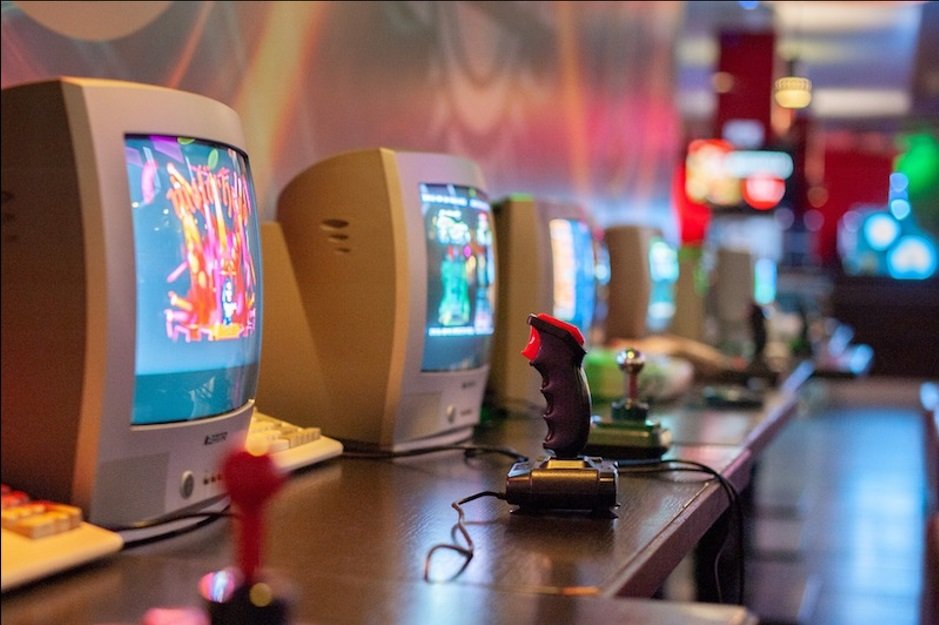Cutting-edge graphics and hyper-realistic games have become the new normal, with multiple AAA titles coming out each year. But even in this saturated gaming market, there’s an unexpected resurgence of interest in the classics. Retro games, those pixelated relics from the past, are making a remarkable comeback, sparking nostalgia and delighting seasoned gamers and newcomers alike. But what’s fuelling this revival, and why are people flocking back to the 8-bit and 16-bit worlds of the past? Explore the reasons behind the resurgence of these games.
A Trip Down Memory Lane
One of the primary reasons for the resurgence of these games is the irresistible pull of nostalgia. For many, they evoke cherished childhood memories, hours spent huddled around an old CRT television, mastering the art of pixelated platforming. Rediscovering the games they grew up with provides a sense of comfort and nostalgia that modern titles can’t quite replicate. The familiar chiptune music, simplistic graphics, and iconic characters transport players back to a simpler time, offering a comforting escape from the complexities of the modern world.
The Timeless Gameplay
One of the most striking aspects of retro games is their timeless gameplay. Titles like Super Mario Bros., Tetris, and The Legend of Zelda have gameplay mechanics that remain as captivating today as they were decades ago. The simplicity and accessibility of these games make them easy for newcomers to pick up and enjoy. At the same time, the depth of strategy and skill required to master them keeps experienced players engaged. They often prioritise fun and gameplay over flashy graphics and convoluted storylines, creating a universally enjoyable experience.
Accessibility and Convenience
Another factor driving the resurgence of these retro treasures is their newfound accessibility. With the rise of digital distribution platforms, these gems are readily available for purchase and download on modern consoles, PCs, and mobile devices. This convenience eliminates the need to dust off old hardware or hunt for rare cartridges, making it easier than ever for gamers to revisit their favourite titles from the past. Additionally, emulators and ROMs provide a means for players to experience these games on various platforms, further expanding their reach.
Independent Developers and Nostalgia-Driven Projects
The indie gaming scene has also played a significant role in the resurgence of these games. Independent developers are embracing the aesthetic and gameplay of classic titles, creating new games that pay homage to the past while introducing fresh ideas. These projects often strike a perfect balance between nostalgia and innovation, appealing to long-time fans and newcomers. Kickstarter campaigns and crowdfunding have enabled these developers to bring their retro-inspired creations to life, breathing new life into a beloved era of gaming.
Community and Social Aspects
The resurgence of these games is not limited to solitary experiences. Retro gaming communities have flourished online, providing platforms for players to share their passion, exchange tips and tricks, and organise multiplayer events. The social aspect of retro gaming allows players to connect with like-minded individuals who share their love for these classics. Whether it’s discussing the best strategies for conquering a challenging level or reliving memorable moments, the sense of camaraderie within these communities enhances the overall retro gaming experience.
Conclusion
In conclusion, the resurgence of retro games can be attributed to the powerful combination of nostalgia, timeless gameplay, accessibility, independent developers, and a thriving online community. As gamers seek a break from the complexities and demands of modern titles, they find solace and joy in the simplicity and charm of these treasures. Whether revisiting childhood favourites or discovering hidden gems from the past, retro gaming offers an escape to a beautiful era of pixelated adventures and 8-bit wonders.
